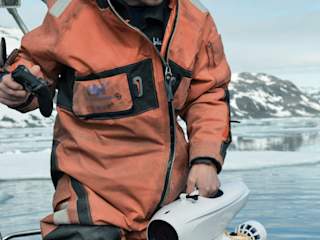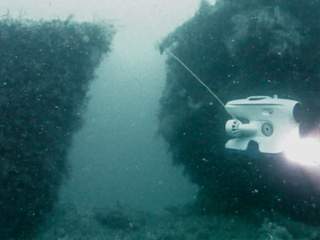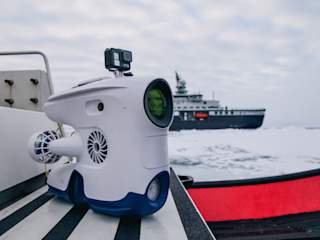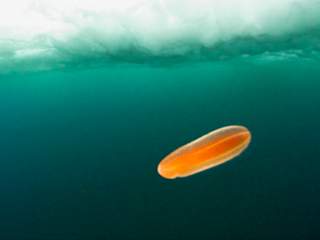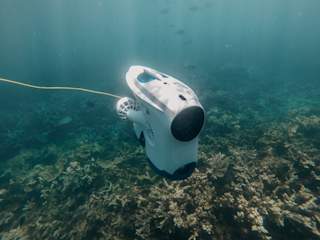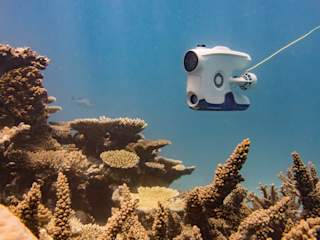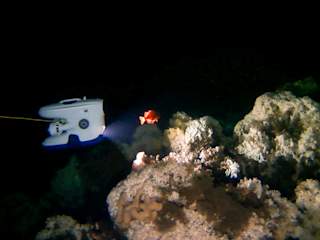Gather knowledge about the ocean with underwater drones
Environmental monitoring may be carried out in many different ways, based on the goal for the research project. It may be mapping of marine litter, monitoring of coral reefs or inspections of a particular area to cover potential changes over a period of time.
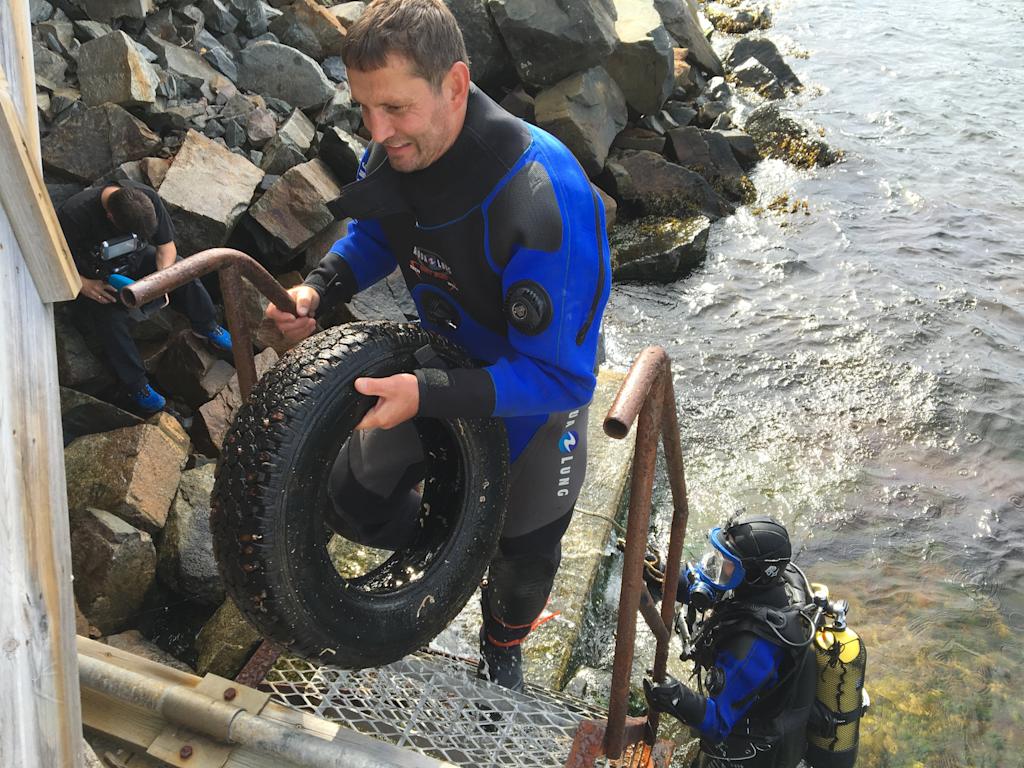
Underwater drones enable research on precious corals
Blueye have supported the Great Barrier Reef Legacy and their research on precious corals since 2017. With an underwater drone, their researchers are able to dive down to 150 m and reach areas where humans can’t.

The underwater drone is easy to maneuver over fragile corals. With the auto-depth and auto-heading functions, you’re able to keep a steady position in the water at all times.
Research in the Arctic with underwater drones
The ice on the two poles gives us a lot of information regarding the state of the Earth and the changes in the environment. The researchers engaged in Nansen Legacy utilized a Blueye Pioneer underwater drone to inspect the morphology on the underside of the ice.

Research with help from underwater drones are way more effective than using divers for visual documentation. With 4 powerful thruster and 2 hours operational time, the Blueye Pioneer can easily capture great video content for documentation purposes.
Benefits of using underwater drones for environmental monitoring and research
- The size of the Pioneer makes it easy to get closer to the species or object you want to inspect - even in narrow places
- Allows you to stay in a fixed position or move slowly with full control
- Side-way propellor let you move side-ways while filming in a steady direction
- Light weight and easy to carry with you to remote areas
- Lets you have a spectator or co-pilot
- Action camera attachement points (GoPro standard) let you bring add-ons i.e. for water sampling
- Powerful LED lights
- Silent propellors and full control make sure not to disturb the fish or cause any damage
- True-colour camera
- Battery life of 2 hours + replacable battery package
Want to get in touch? Fill out our contact form.


